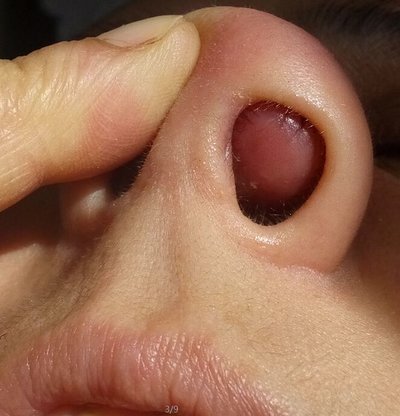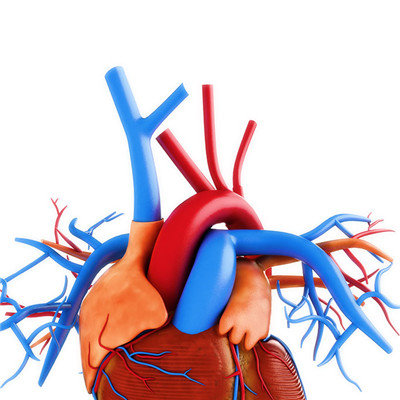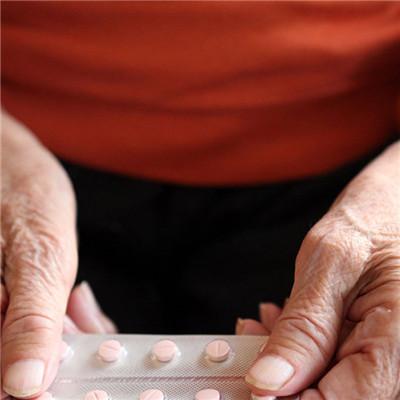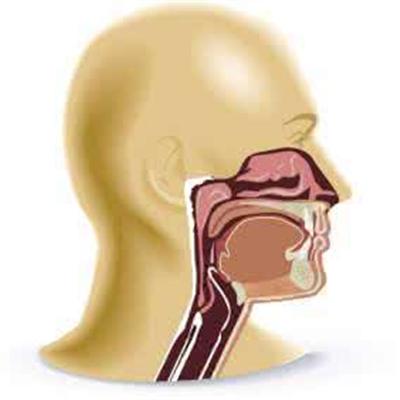Symptoms of jaw necrosis?
summary
The application of radiotherapy for head and neck cancer has become increasingly popular, which will bring a series of side effects and bring pain to patients' daily life. Ionizing radiation is related to the degree of injury to human radiation and radiation dose. The tolerance of human tissues to radiation is also different. Adult bone is a fairly radiant resistant tissue. Bone necrosis is seldom caused by high-energy radiotherapy, and the incidence rate of this disease is low. Symptoms of jaw necrosis? Let's talk about it
Symptoms of jaw necrosis?
In the early stage of the disease, there was persistent acupuncture like pain. Due to the rupture of mucous membrane or skin caused by radiotherapy, the alveolar process and bone surface of jaw were exposed, which was gray or dark brown. After secondary infection, there was long-term pus overflow at the exposed bone surface, which could not be cured for a long time. When the lesion occurs in the mandibular ramus, obvious occlusion may occur due to muscle atrophy and fibrosis.
Osteonecrosis of the jaws is different from suppurative osteomyelitis. Dead bone and normal bone are often indistinct. Oral and maxillofacial soft tissue is also prone to local infection and tissue necrosis, the formation of oral and buccal long-term unhealed ulcers, fistulas or penetrating defects. The course of radiation-induced jaw necrosis is long, and the patient presents with chronic consumptive failure, often manifested as emaciation and anemia.
It can be delayed for a long time without healing, with repeated pain, closed teeth, affecting eating and normal life, local fistula and long-term pus overflow. Can form pathological fracture, jaw bone defect, leading to severe facial deformity. Chronic consumption, anemia, emaciation and poisoning may occur.
matters needing attention
When the effect of drug treatment is not good, surgical treatment can be used. Because the dead bone is not easy to separate, it can be excised in the range of normal healthy bone. The tissue defect can be repaired by artificial implant and vascularized composite tissue flap.














